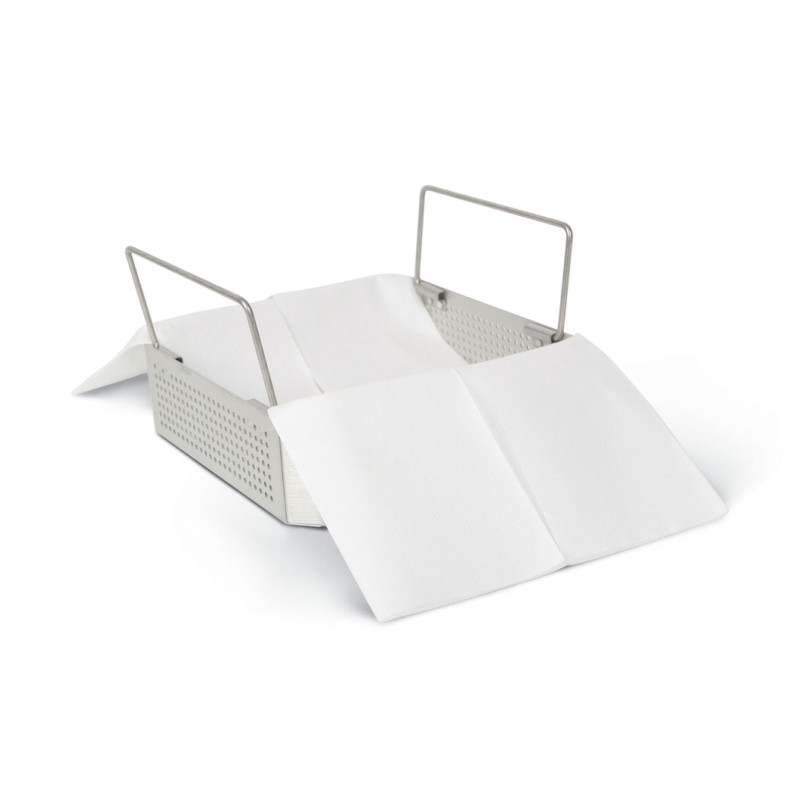In the field of medical consumables,
sterilisation pads and ordinary wrapping cloth are commonly used packaging materials for surgical instruments and sterile items. When purchasing these items, many people focus only on the unit price and overlook the significant impact that material and service life have on overall costs.
In recent years, an increasing number of medical institutions have opted for sterilisation pads made from
spunlace nonwoven fabric, as it outperforms ordinary wrapping cloth in terms of durability, protective properties, environmental friendliness, and long-term cost control.
Material Differences Between Spunlace Nonwoven Fabric and Ordinary Wrapping Cloth
Limitations of Ordinary Wrapping Cloth
Common materials: cotton fabric, polyester-cotton blend, low-grammage nonwoven fabric.
Drawbacks: Loose fibre structure, low strength, poor heat and moisture resistance, prone to damage after high-temperature, high-pressure sterilisation.
Advantages of Spunlace Non-Woven Sterilisation Pads
High-pressure water jet interlacing technology: No chemical adhesives required, maintaining softness while enhancing fibre bonding strength.
Dense fibre structure: Effectively prevents bacterial and particle penetration, suitable for frequent sterilisation and long-term storage.
Heat and moisture resistance: Can withstand multiple high-temperature, high-pressure sterilisation cycles without damage.
Cost Comparison — Long-Term Savings Are Truly Cost-Effective
Purchasing Costs
Conventional wrapping cloth: Low unit price but short lifespan, requiring frequent replacement.
Spunlace non-woven sterilisation pads: Slightly higher unit price but reusable, reducing overall costs.
Usage Costs
Conventional wrapping cloth: Requires washing, drying, and frequent replacement, resulting in high labour and energy consumption.
Spunlace non-woven sterilisation pads: No washing required, durable, significantly reducing replacement frequency.
Data reference: In high-frequency sterilisation scenarios, spunlace non-woven pads can reduce annual consumable expenses by approximately 20%-30%.
Non-woven fabric's protective properties and infection control advantages
Puncture-resistant, moisture-resistant, and bacterial penetration-resistant, effectively reducing the risk of cross-infection.
Conventional wrapping cloths may fail to sterilise effectively when damaged or damp.
The protective properties of spunlace non-woven fabric make it an ideal packaging material for high-risk surgical instruments.
Environmental Sustainability and Waste Management
Spunlace non-woven fabric can be produced using biodegradable fibres (e.g., viscose fibres, wood pulp fibres), offering superior environmental sustainability.
Reduces total medical waste volume, aligning with green healthcare trends.
Conclusion — A Wise Choice for Healthcare Institutions
Spunlace non-woven sterilisation pads outperform ordinary wrapping cloth in terms of durability, protective performance, environmental friendliness, and cost control. For healthcare institutions seeking high sterile standards and long-term cost savings, they not only enhance sterile management standards but also significantly reduce consumable expenses, making them a cost-effective choice in medical consumable procurement.


